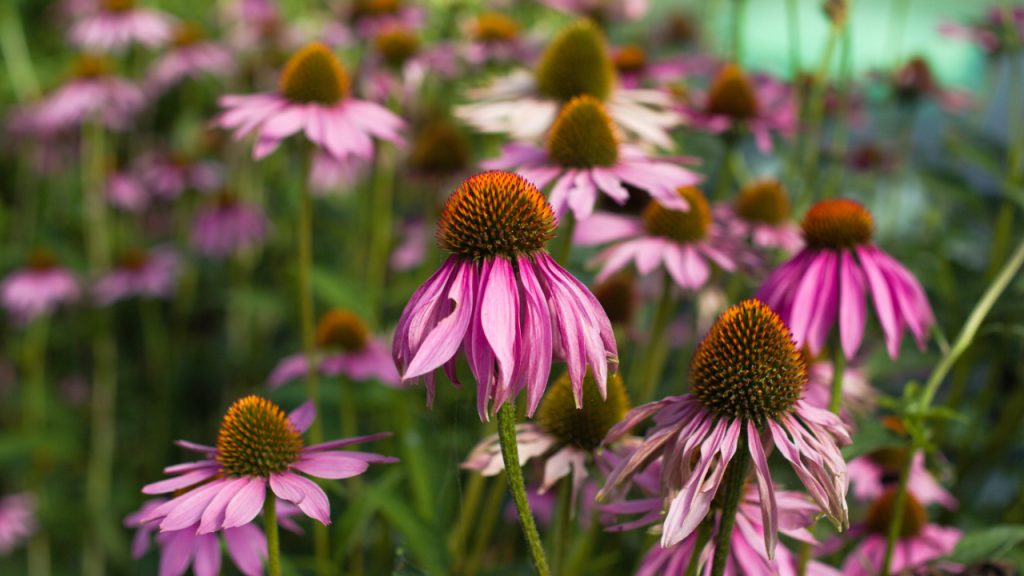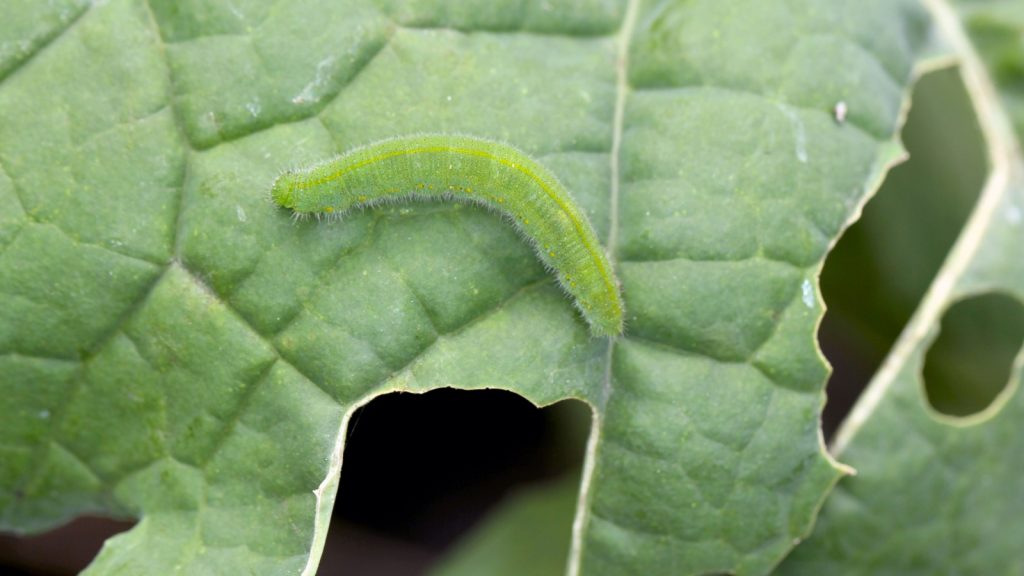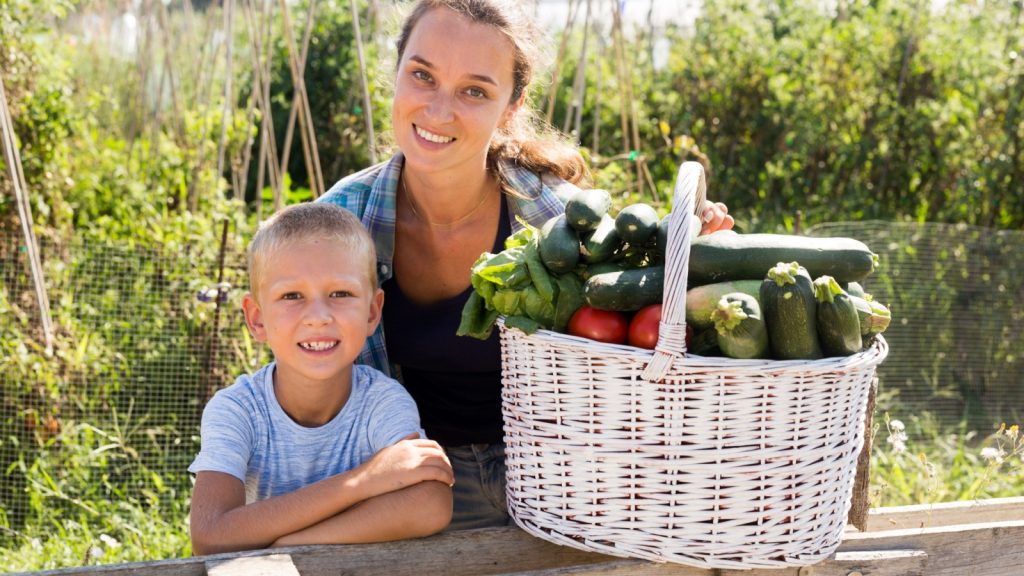There’s something deeply satisfying about being able to walk out into your garden and pick what you need to feel better. For generations, folks relied on plants for everyday care—aches, colds, cuts, and more—and that knowledge is still as useful as ever. Building a backyard apothecary isn’t about replacing modern medicine, but it is about having simple, natural remedies at your fingertips. It’s also a lovely way to deepen your connection with the plants around you. Once you start growing and making your own salves, tinctures, and teas, it becomes more than just preparedness—it becomes a way of life.
If you’ve got a sunny patch of soil and a few mason jars, you’re halfway there. These five healing herbs are easy to grow, beautiful to look at, and full of practical uses. I’ll walk you through how to grow them, harvest them, and turn them into basic remedies that are useful to have on hand year-round.
Calendula: Sunshine for the Skin

Calendula, also known as pot marigold, is a cheery flower that does more than just brighten the garden. Its petals are full of skin-soothing properties, perfect for calming rashes, cuts, and scrapes. It grows easily from seed, likes full sun, and blooms all summer if you keep picking the flowers. The more you harvest, the more it gives.
To make a healing salve, dry the flowers thoroughly, then steep them in olive oil in a warm spot for a couple of weeks. Strain the oil and mix it with melted beeswax to create a soft balm. Keep it in a tin or jar and use it on dry skin, chapped lips, or minor wounds.
Comfrey: The Bone-Setter Herb

Comfrey is a powerhouse plant with big leaves and purple bell-shaped flowers. It’s known for speeding up the healing of bruises, sprains, and even bone injuries—that’s why folks used to call it “knitbone.” It’s best grown in its own bed, since it spreads fast and deep. Once it’s established, you’ll have more leaves than you know what to do with.
To make a comfrey compress, chop the fresh leaves and steep them in hot water. Let it cool slightly, then dip a clean cloth in the liquid and place it on sore muscles or joints. For long-term storage, dry the leaves and keep them in an airtight jar away from light and moisture.
Yarrow: Nature’s Bandage

Yarrow is one of those wild plants that’s just as happy in a tidy garden as it is growing along a country road. It’s a feathery-leaved herb with white or yellow flower clusters, and it’s known for helping stop bleeding and reduce inflammation. It’s easy to grow from seed or transplant, and it doesn’t mind poor soil or drought.
Fresh yarrow leaves can be pressed onto cuts to help stop bleeding, but you can also dry the leaves and flowers for later. A tincture made with yarrow and high-proof alcohol is a good all-purpose wound wash. Or mix the dried plant into salves for soothing skin irritation and bug bites.
Echinacea: Immune Support in Flower Form

Echinacea, or purple coneflower, is a hardy perennial that’s both lovely and useful. The roots, leaves, and flowers all have immune-boosting properties and are often used to help the body fight off colds or infections. It likes full sun and well-drained soil, and once it’s established, it comes back strong year after year.
To make an echinacea tincture, chop the fresh root or leaves and pack them into a jar. Cover with 80–100 proof vodka, seal, and let sit in a dark place for a few weeks, shaking every few days. Strain and store in a dropper bottle. A few drops taken at the first sign of illness may help shorten the duration.
Making Your Own Herbal Remedies

Once your herbs are grown and harvested, turning them into remedies is simple and deeply satisfying. For salves, infuse dried herbs in oil and blend with beeswax. For tinctures, use alcohol to pull out and preserve the plant’s healing compounds. You can also dry herbs for teas or powders to mix into honey or vinegar.
Label everything clearly and store your creations in a cool, dark place. Over time, you’ll build a shelf full of beautiful, useful jars—each one a little piece of self-reliance. It’s a comforting thing to have, and even more comforting to know you made it yourself.



